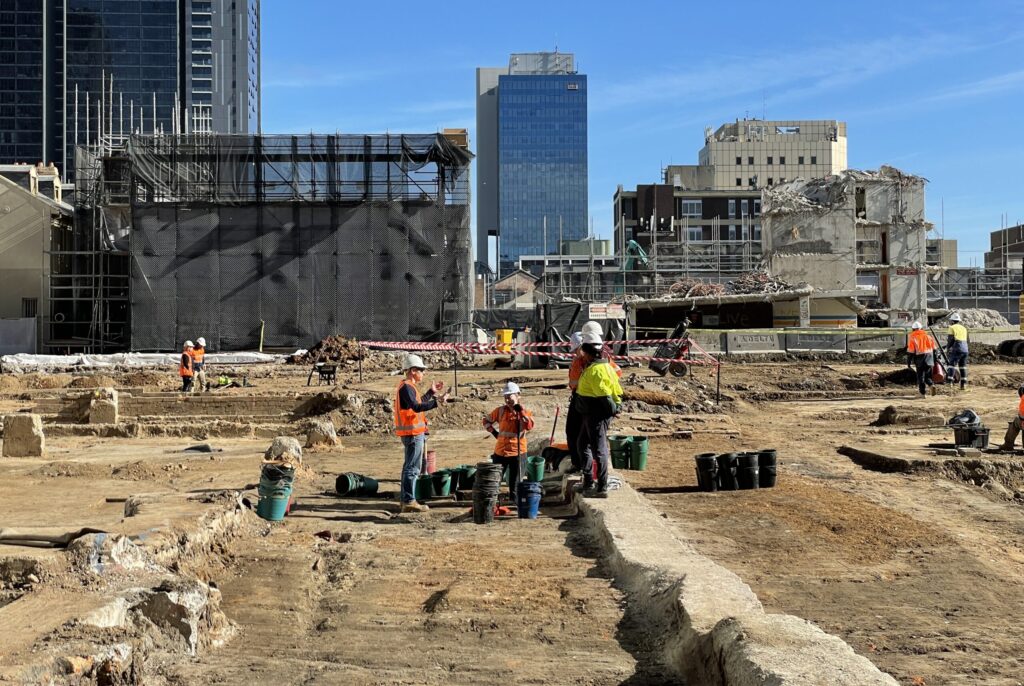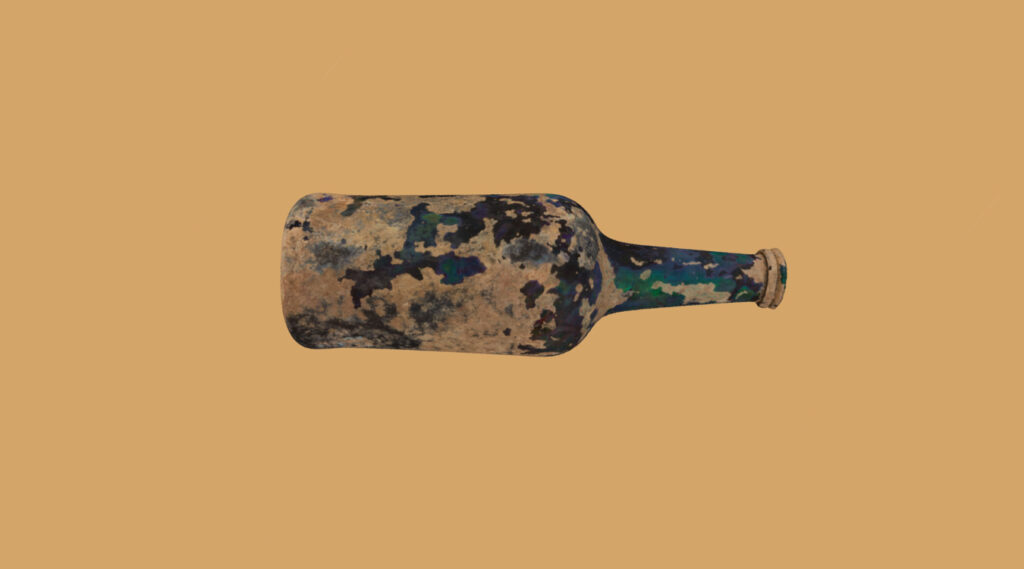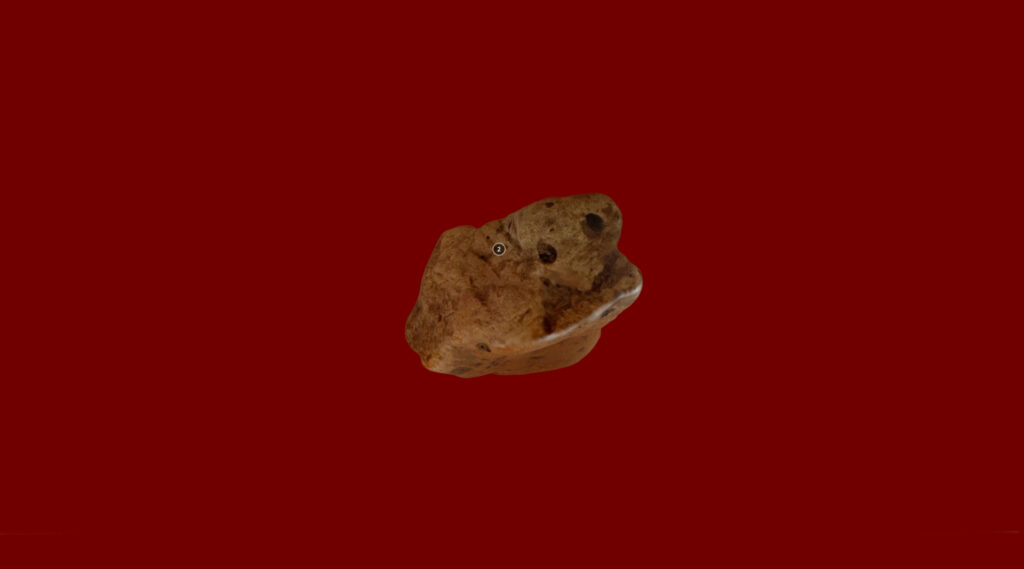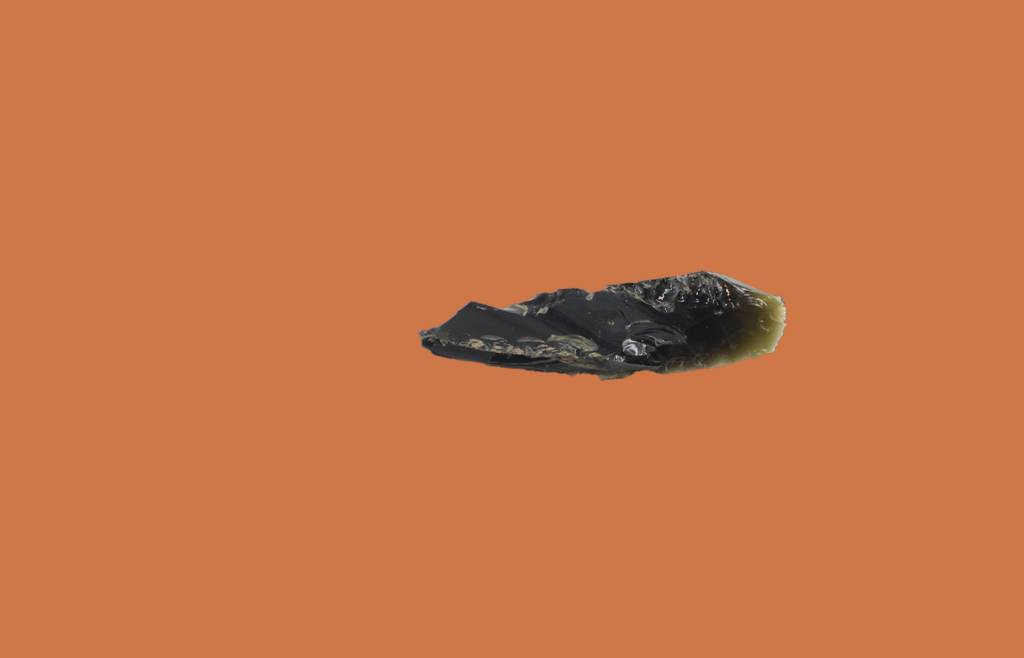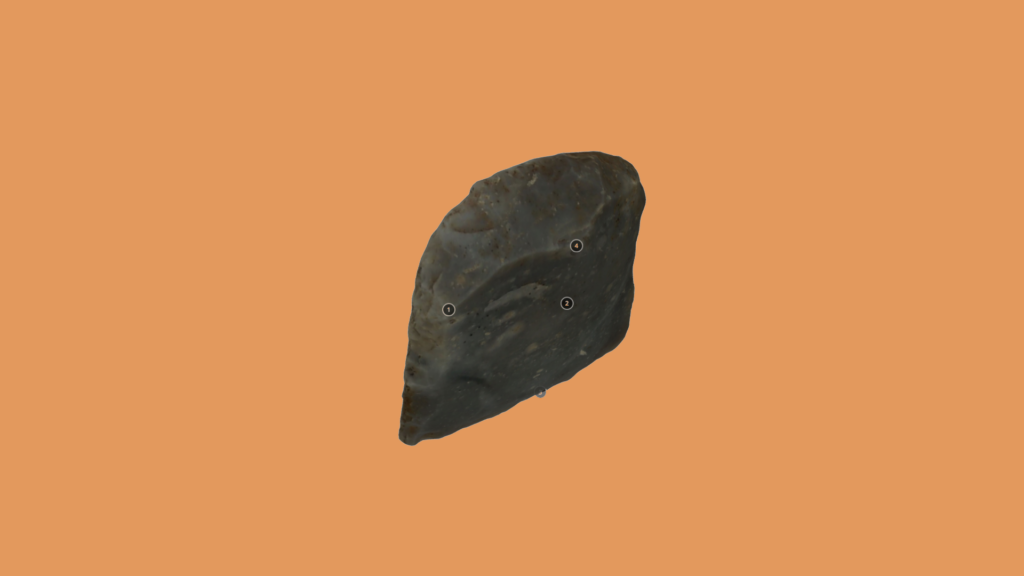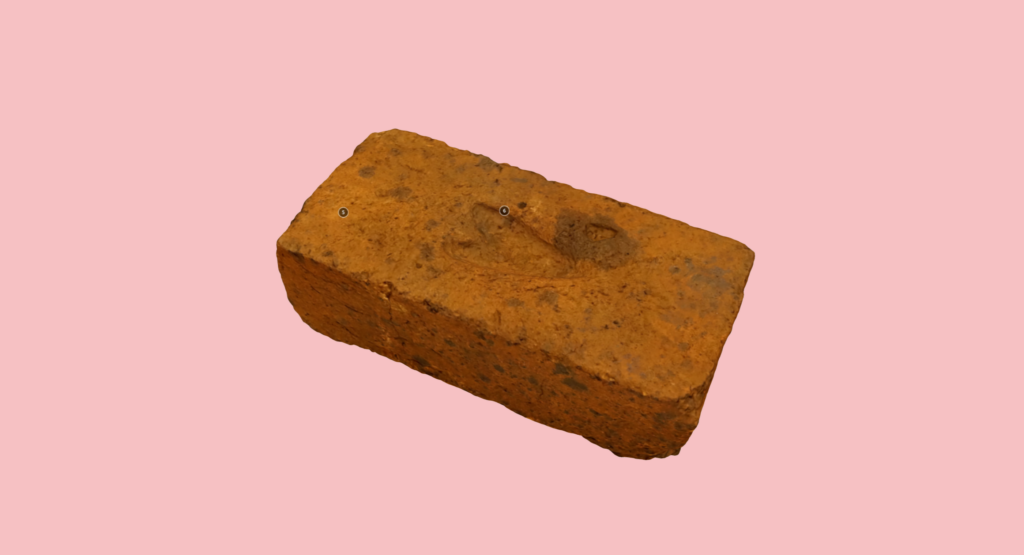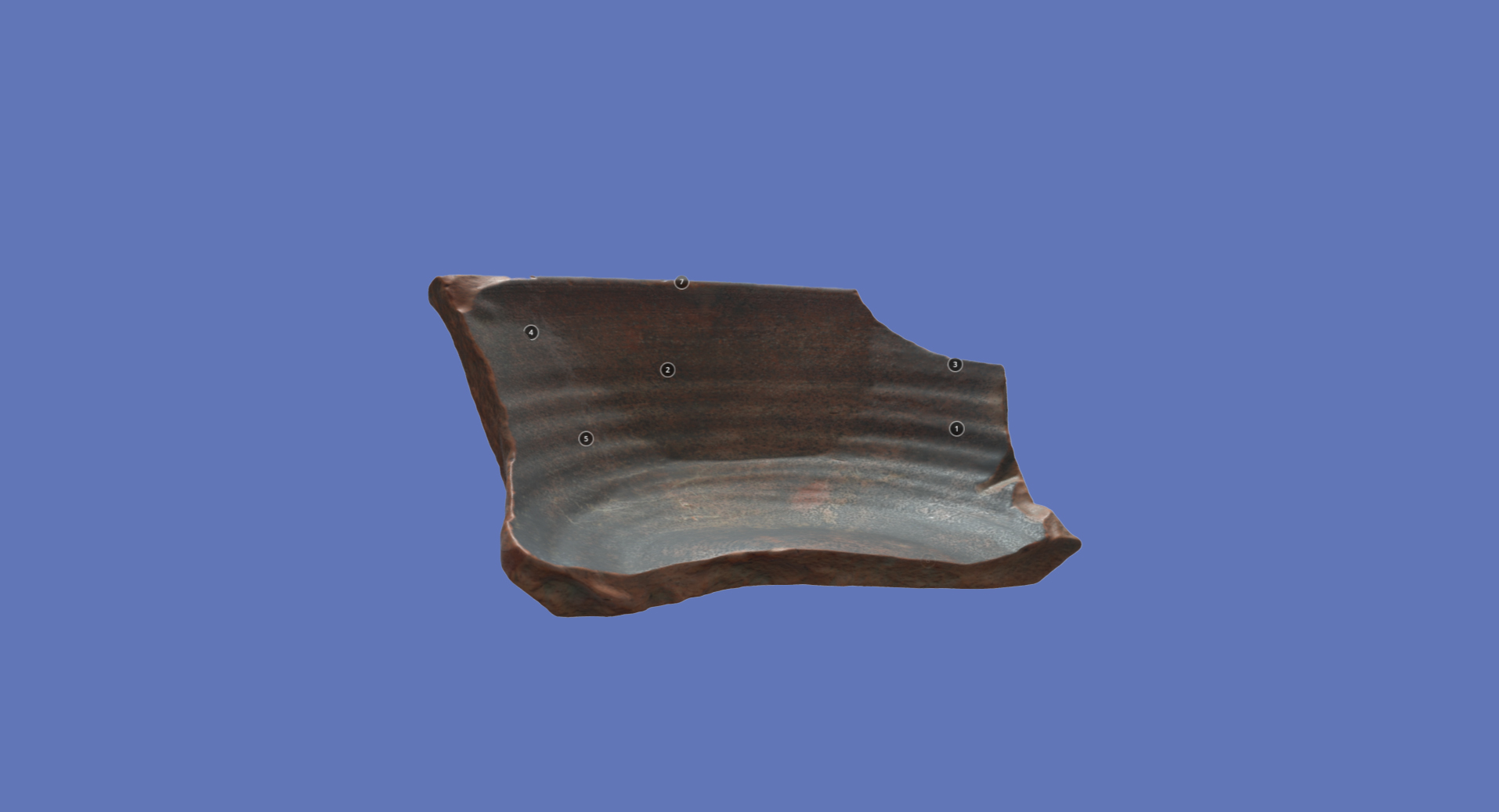
Poisonous pottery
As part of National Archaeology Week, GML's team of archaeologists are sharing some of the First Nations and historical artefacts that they have uncovered in the field.
Lead glaze ceramic
Though we now know the hazardous nature of lead and would not choose to use it in our tableware, the same cannot be said for early colonial Sydney! Lead glaze ceramics represent some of the earliest tablewares used in the colony. This ceramic vessel is part of a lead-glazed bowl that was likely manufactured in Sydney between 1800 and 1830 from locally sourced clays. Ceramics on an archaeological dig can provide information about the site and its inhabitants including information about local resources, technologies and personal preferences.
The British saw the production of ceramics in Sydney from 1788 to the early decades of the nineteenth century as a way to formalise and ‘civilize’ the fledgling colony while also supplying the necessities of day-to-day life.
This bowl is made from orange fine earthenware (a type of ceramic) which is covered in a red slip on the interior and exterior. The bowl was likely made for everyday utilitarian uses rather than as a prized display piece. The glazed interior implies a need for water impermeability, possibly food preparation, although they were also used for a range of other household purposes.
Lead glaze ceramics are not commonly found on archaeological sites in Sydney, as by the 1830s/1840s they were mostly replaced by other ceramic wares, and overtime by mass production. While it may seem like it is just a ceramic bowl, so many of its individual aspects can be studied and explored to provide a human connection and insight into the daily life of the time.
Scroll over the 3D image below and click on the annotations to explore more of the technical features that archaeologists use to identify artefacts like this one.
Stay tuned for more artefacts revealed every day this week!
